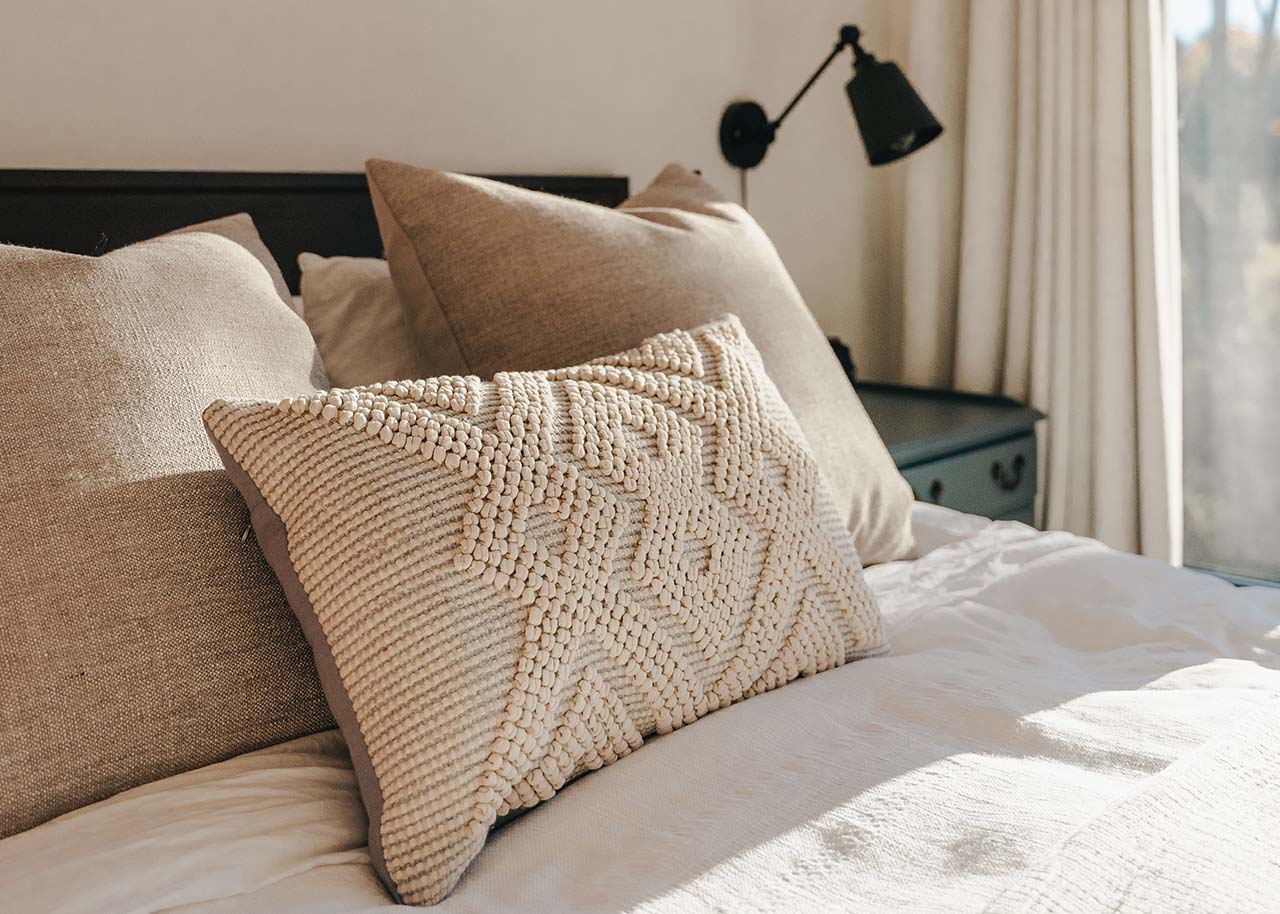(collective post)
Not every trip needs to be packed from sunrise to bedtime. There’s something deeply satisfying about moving at a calmer pace, giving yourself time to enjoy where you are, rather than just checking things off a list. Europe, with its walkable cities, rich history, and built-in café culture, lends itself to slowing down.
But in a world of ’48 hours in Paris’ guides and 12-country itineraries, it’s easy to fall into the fast-travel mindset. The good news is, you don’t need a drastic lifestyle change to travel differently, you just need to plan a little more intentionally.
Choose Fewer Destinations but Stay Longer
It’s tempting to hop from place to place, especially when everything’s so close together. But remember, the more ground you try to cover, the less you actually see.
Spending a full week in one city (or even a smaller town) gives you space to settle in. You start to notice the details, the pace of the local market, the time of day the parks fill up, and the little bakery that sells out by noon. That’s hard to appreciate when you’re dragging a suitcase through a train station every other day.
If you’re staying longer, it also opens up more comfortable options, like renting a place that feels like home. For example, you might look at the range of villas in the south of France, where you can shop for local produce, cook at your own pace, and enjoy slow mornings on the terrace. That’s not something you get from a packed hotel room on a one-night stopover.
It also just makes the trip easier. Fewer transitions mean less time figuring out logistics, and more time doing things you enjoy. You might even find it saves money; weekly rental discounts and home-cooked meals add up.
Travel During the Off-Season
Traveling in spring or early autumn is one of the easiest ways to slow things down without changing anything else. It’s quieter, less expensive, and the weather’s usually more comfortable. You’re not elbowing through crowds or standing in hour-long lines. There’s space to breathe.
In spring, cities start to come alive again: flower boxes on windowsills, cafés opening up their patios, locals taking their time. It’s a great time for wandering. Autumn, on the other hand, has a softer energy. The light’s different, the pace feels more relaxed, and everything just seems a little more personal once the summer visitors quieten.
Even winter in Europe can work if you’re prepared for it. Smaller towns especially feel calm and cozy that time of year, and it’s easy to shift your plans indoors – museums, thermal baths, quiet dinners. If you enjoy the slower seasons at home, you’ll probably enjoy them abroad, too.

Keep the Itinerary Loose
The best moments on a trip often aren’t the ones you planned weeks in advance. They’re the things you stumbled into, like an art exhibit you didn’t know was on, a street performance that held your attention, or just a really good pastry eaten on a park bench.
Instead of trying to schedule every hour, leave room to do… nothing. Or at least not much. One activity a day is usually plenty. That could mean a walking tour in the morning and then a few hours to read or people-watch. Or just heading to a market and seeing where that takes you.
Slow travel doesn’t mean doing less, necessarily; it just means letting the trip unfold a little more naturally. If something takes longer than expected, fine. If you find a café you like and want to spend half the day there, even better!
The same goes for transportation. Sure, high-speed trains are convenient, but sometimes a slower route is part of the fun. Watching the scenery change as you move through it is a travel experience in itself.
Stay Somewhere That Supports the Pace You Want
Where you stay matters more than people often think. A comfortable, quiet place can set the tone for your entire trip. Look for accommodations that match the pace you’re aiming for, whether that’s a small guesthouse, an apartment in a local neighbourhood, or a countryside retreat.
Some places are designed with well-being in mind, offering spacious rooms, outdoor seating, maybe even wellness services like yoga or massage. But it doesn’t have to be fancy. A quiet garden, natural light, or just being close to green space can make a big difference in how you feel each day.
If you’re interested in something curated but still unrushed, luxury Portugal tours are worth exploring. Many of them focus on authentic local experiences, like wine tasting in the Douro Valley, coastal walks, or learning to cook regional dishes, without rushing from one sight to the next. These kinds of guided experiences can support a slower pace while still offering structure.

Embrace the Local Way of Life
You don’t have to become a temporary local to travel slowly but paying attention to how people live their day-to-day lives can be grounding. Head to the neighbourhood market instead of the big grocery store. Take your time in cafés instead of rushing to the next stop. If a park fills up with locals in the evening, there’s probably a reason; it might be the nicest time of day to be outside.
Joining a cooking class or a walking tour led by someone from the area can help you see things you’d otherwise miss. These aren’t just activities – they’re ways to connect with people and places more directly. That doesn’t happen as often when you’re racing from museum to monument.
You don’t need to avoid popular European attractions either. Just don’t let them dominate your schedule. Go early or late in the day. Pair them with something low-key. Let them be part of your experience, not the whole thing.
Enjoy Your Slow Travel Experience
A slow-paced trip doesn’t have to be revolutionary. You don’t need to give up structure or avoid planning altogether. You just need to leave space for rest, for curiosity, for things you didn’t expect.
The most rewarding parts of travel often aren’t the ones we set out to find. They’re the result of having time to notice, to listen, to stay a little longer. With its range of historical sites, outdoor cafe culture, and incredible natural scenery, Europe is the perfect place to experience the art of slowing down.
This post was published in collaboration with a content partner. The article is meant to inspire you how to live a slow, simple, soulful and sustainable lifestyle and may contain (affiliate) links to articles, websites or products/services that may be of interest to you.
Would you like to receive inspiration from The Slow Living Guide regularly?
Sign up for the newsletter here.



